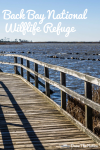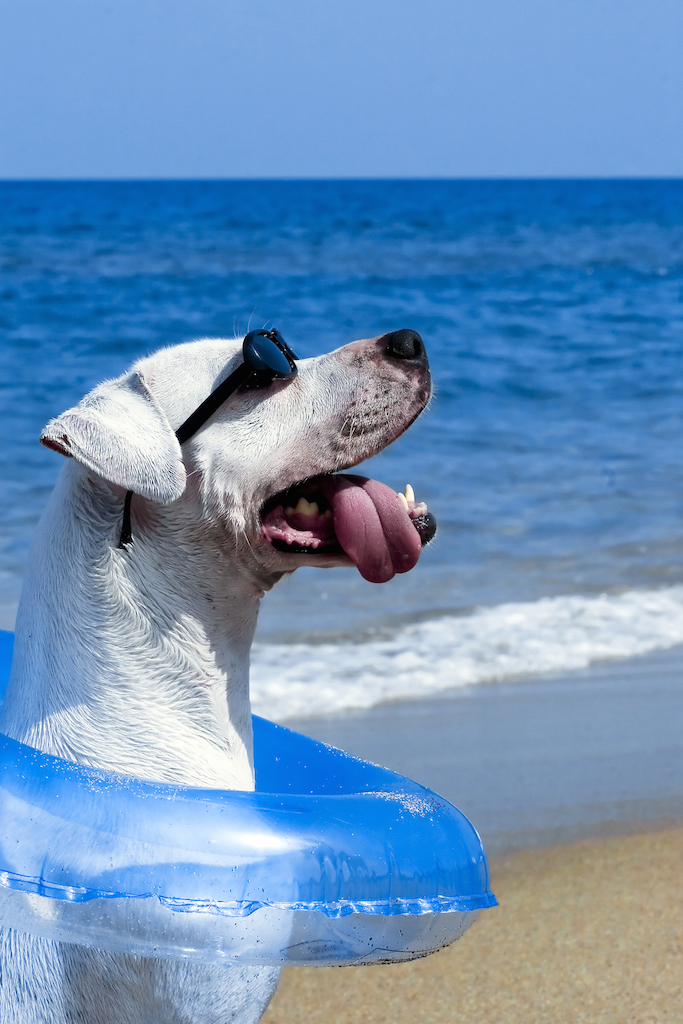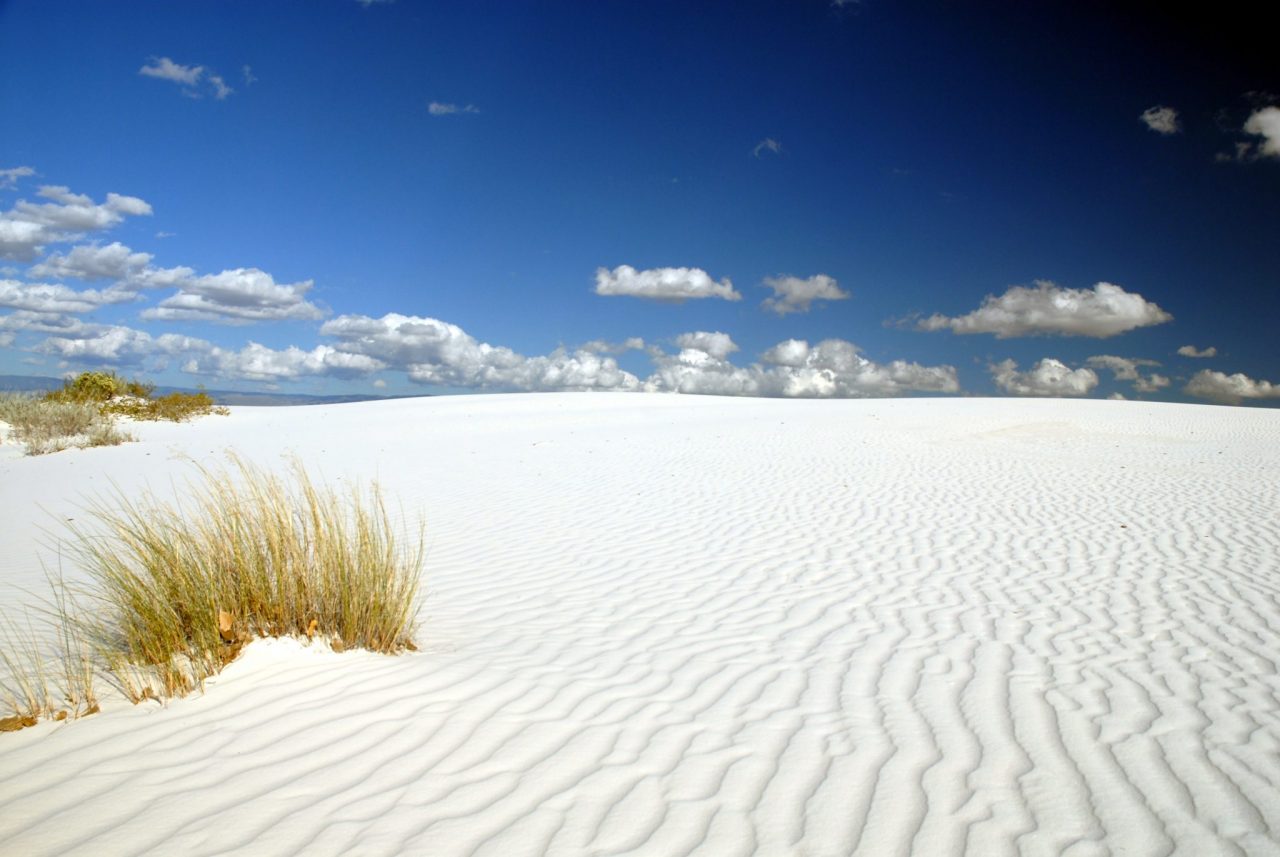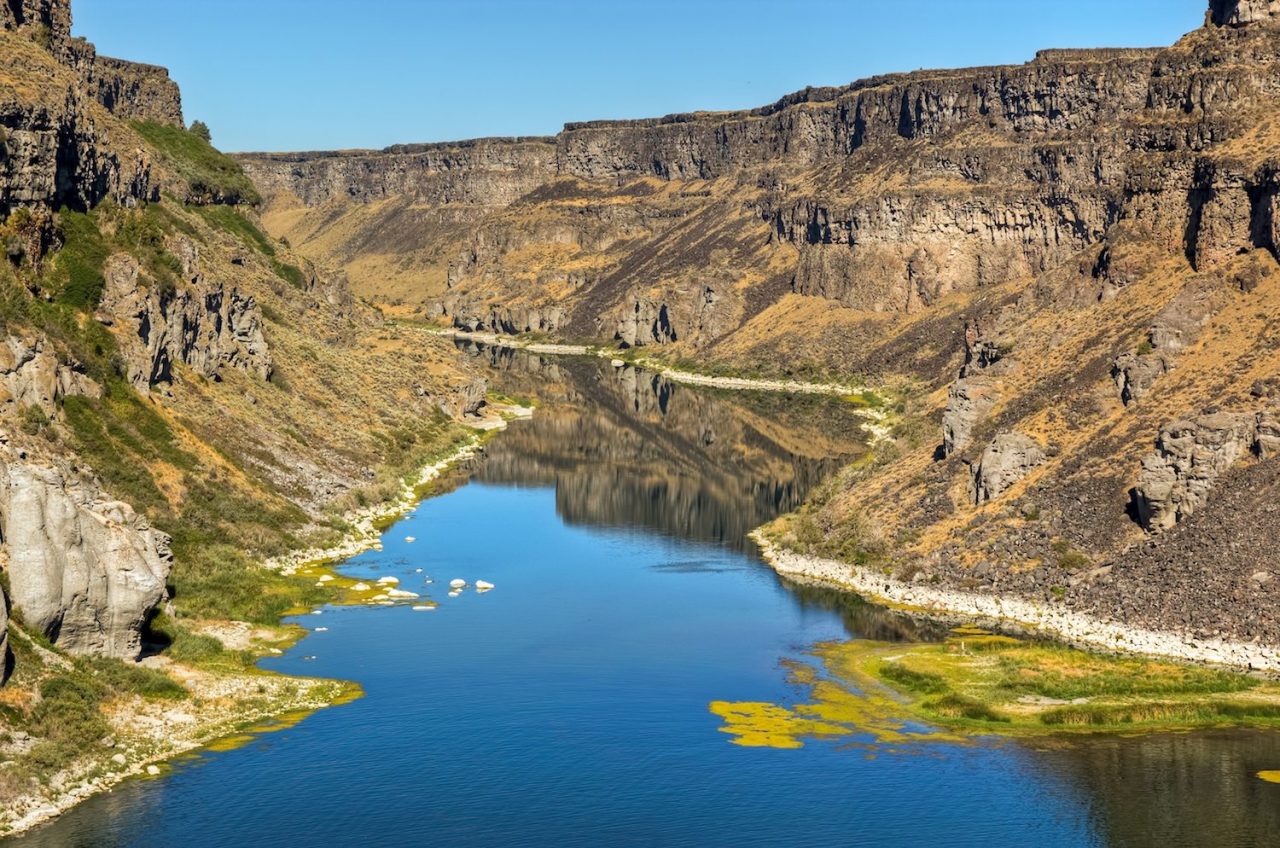Virginia Beach’s Back Bay National Wildlife Refuge was originally established in 1938, as a haven for migratory birds. It now spans more than 9,000 acres, expanding nearly 5,000 acres since 1988, and continues to be a primary stopping point for both feeding and rest during the journey south. It draws more birds now than ever, thanks to a buffer zone that reduces pollution from chemicals and fertilizers.
Back Bay National Wildlife Refuge
The best time to see geese, swans, and ducks is during the fall and winter season; December and January are particularly active months for all of these birds. They find habitats in a variety of different areas, including marshes, woods, dunes, fields, and beach. A thin barrier island is a defining characteristic of the area. Birds aren’t the only creatures you’ll find hanging around here, though. Other animals, like the endangered Loggerhead Sea Turtle, make their homes in the refuge as well. Less common to see — but still possible — are foxes and wild horses.
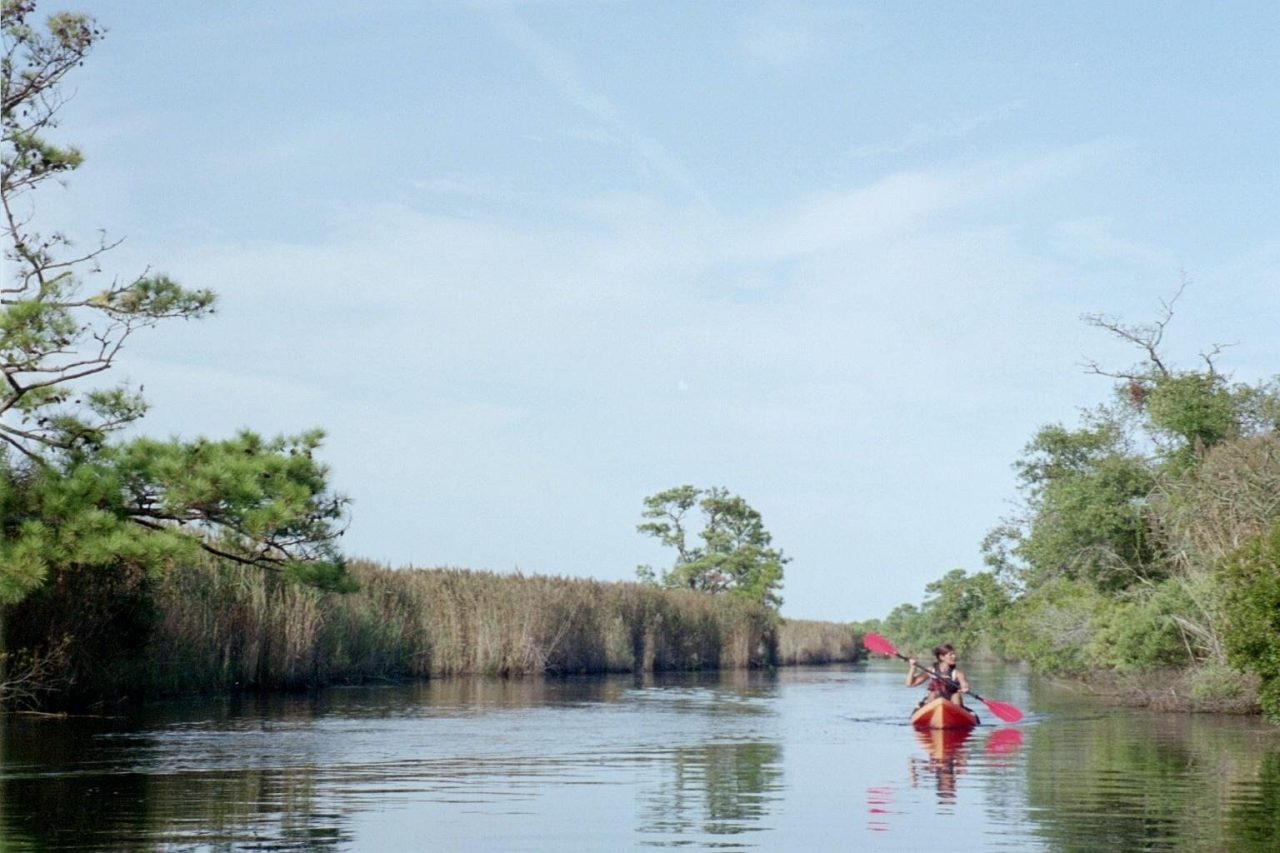
In addition to the wildlife viewing opportunities, there are more than eight miles of trails to explore, deer and hog hunting on select occasions, and both freshwater and surf fishing. Kayaking and canoeing are popular activities, too. The refuge is also a great place for kids of all ages, as there are a number of educational programs and interpretive programs.
The refuge is located about 18 miles south of the Virginia Beach resort area on the Outer Banks. Trams run seasonally between the two locations from April through the end of October, and there are plenty of accommodation options — including hotels, motels, cabins, and resorts — in the Virginia Beach region. While the refuge is accessible year-round, its visitor center is open Tuesday-Sunday, from Memorial Day to Labor Day, and closed on Sundays after Labor Day.


